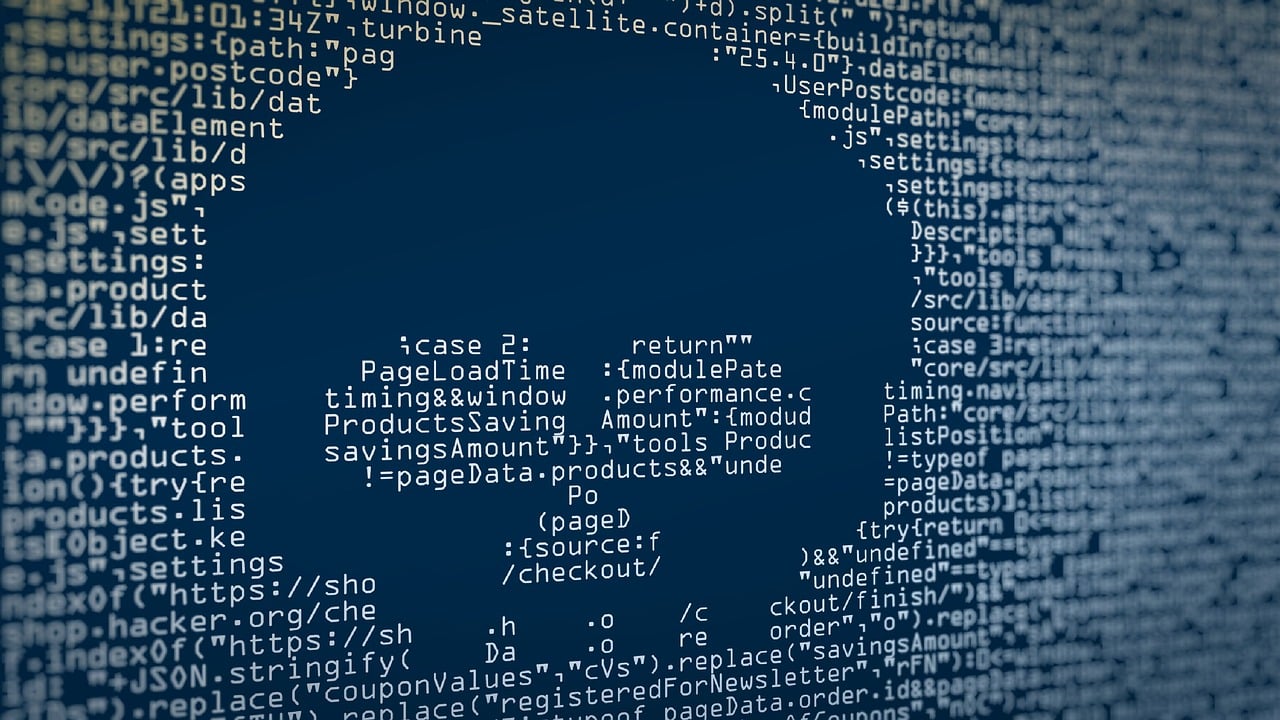What do phishing Attempts do?
Phishing attempts are a prevalent threat in the digital world. And knowing how to respond to them is crucial for maintaining organizational and personal cybersecurity. It’s not enough to just recognize a phishing attempt; employees also need to understand the best practices for reporting and responding to phishing. This article provides a comprehensive guide on what steps to take when encountering a phishing attempt, including how to report these incidents safely and effectively.
Understanding Phishing Attempts
Phishing is a cyber attack. That uses disguised email as a weapon. The goal is to trick the email recipient into believing that the message is something they want or need — a request from their bank, for instance, or a note from someone in their company — and to click a link or download an attachment.
Immediate Actions Upon Identifying A Phishing Attempt
- Do Not Interact with the Email: If you suspect an email is a phishing attempt, do not click on any links, download attachments, or reply to the message. Interacting with the email can compromise your device or lead to unauthorized access to your personal or organizational data.
- Verify the Email: If the email appears to be from a legitimate source but something seems off, independently verify the contact information. Use a known website or contact number to confirm the authenticity of the request. Do not use any contact information provided in the suspicious email.
Reporting the Phishing Attempt
- Notify the IT Department or Security Team: Every organization should have a protocol for reporting phishing attempts. Usually, this involves forwarding the suspicious email to the IT department or a specific security email address. Check your company’s cybersecurity policy for specific instructions.
- Use Internal Reporting Tools: Some organizations have internal tools or systems for reporting phishing attempts. These tools might be integrated into your email client or available as a separate application.
- Mark as Phishing: Most email clients offer the option to mark an email as phishing. This action typically sends a report to the email service provider and helps improve their spam filters.
After Reporting
- Follow-Up: If you have inadvertently interacted with the phishing email, immediately inform your IT department. They may need to take additional steps to secure your account and the organization’s network.
- Change Passwords: If you suspect your credentials may have been compromised, change your passwords immediately. Ensure that the new passwords are strong and unique.
- Stay Informed: Keep yourself updated on the outcome of the report and any organizational announcements related to cybersecurity. This can help you stay informed about ongoing threats and the effectiveness of the organization’s security measures.
Educational Resources
- U.S. Cybersecurity & Infrastructure Security Agency (CISA): CISA provides guidelines and resources on how to respond to phishing attacks (CISA Phishing Resources).
Conclusion
Effectively dealing with phishing attempts is a critical component of maintaining cybersecurity. By not interacting with suspicious emails, verifying their authenticity, and following the proper reporting procedures, employees can play a significant role in protecting themselves and their organizations from cyber threats. Regular training and staying informed about the latest phishing tactics are essential for enhancing an organization’s overall security posture. Remember, being vigilant and proactive is the key to combating the ever-evolving tactics of cybercriminals.
